The product backlog is an ordered list of everything known and needed in the product. It is a single source of demand for any changes to the product.
The product owner is responsible for the product backlog, including its content, availability and order.
The product backlog list will never be completed. Changes in business needs, market conditions or technology may lead to changes in the product to-do list. It evolves with the development of products and changes of the project environment. The requirements of the project never stop changing, so the product to-do list is like a ever-evolving scrum artifact.
The high-priority items in the product backlog are fine-grained. Because these projects have more information and detail, and thus they have more accurate estimates.
Lower-priority projects are larger ones with less clear details. As the team gets more detailed information about low-priority projects, they will be further broken down into smaller ones. The development team is responsible for evaluating those items in the product backlog from time-to-time.
DEEP in Product Backlog Management
The product backlog lists all the features, functions, requirements, enhancements, and fixes required for the product releases. Product backlog projects have the attributes of description (appropriately Detailed), story points (Estimates), and orders (Prioritized). They must be continuously added, deleted, and updated (Emergent) in the backlog, and reflect the understanding of the team backlog in a timely and appropriate manner .
Roman Pichler is the author of Agile Product Management with Scrum Mentioned:
“Creating Products That Customers Love. We use the four-letter abbreviation DEEP to describe the characteristics of a good product Backlog.” is a descriptive abbreviation for the quality of the backlog product in Scrum, which stands for: Detailed appropriately, Emergent, Estimated and Prioritized.
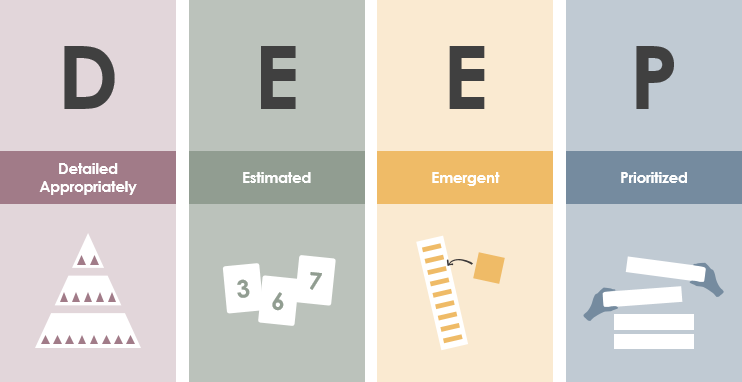
Detailed Appropriately
The stories near the top of the product backlog will be working in the next sprint, so those items need to be well defined enough that the team to work on them more productively. Typically, the stories near the top of the backlog are smaller and more fine-grained, but become progressively larger and less specific further down in the product backlog list as shown in the Figure below:
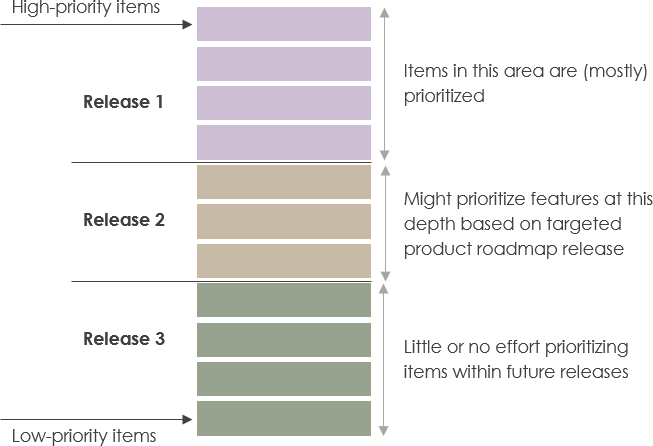
Estimated
The items in the Product Backlog are estimated. The items at the top of the backlog have more accurate estimates. The lower priority items are estimated at high level and can be re-estimated as team gets more information.
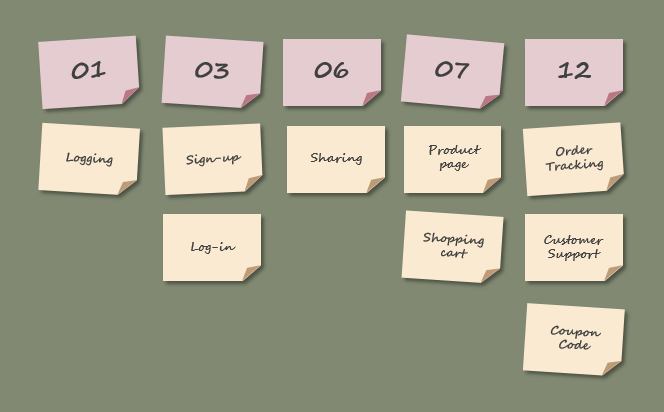
Emergent
Product Backlog is not static, it is in constant change. As the project progresses, more and more information and knowledge are obtained, and the user stories in the product Backlog are also added, removed, or rearranged.
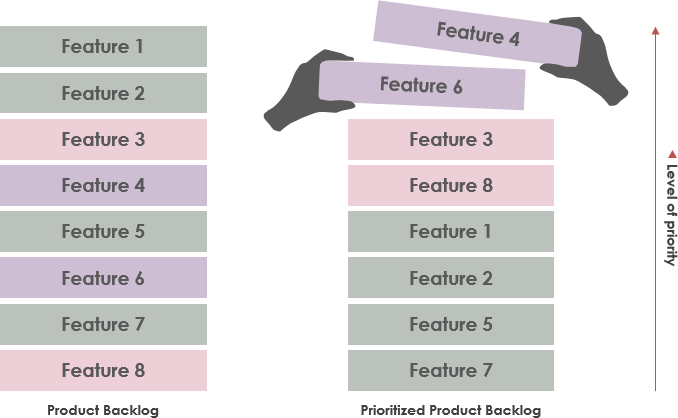
Prioritized
In the Product Backlog them, the more valuable the higher priority entry, above, the lower the value of the entries in the Product Backlog, the lower the priority, following in the Product Backlog. Teams always complete high-priority entries to ensure the value of the product or system being developed is maximized.
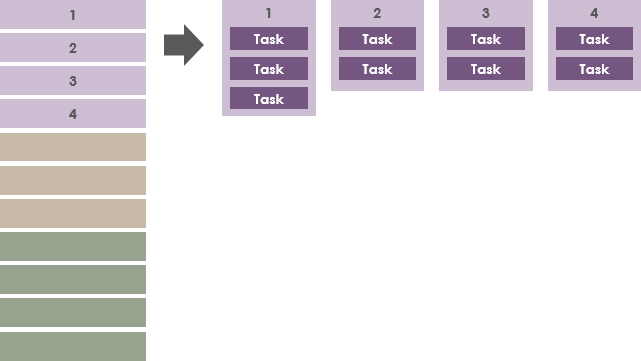
Summary
DEEP is a useful concept to be applied in the Product Backlog refinement process which involves the act of adding detail, estimates, and order to items in the Product Backlog and keeping it in shape.
During Product Backlog refinement, items are reviewed and revised. The Scrum Team decides how and when refinement is done. Refinement usually consumes no more than 10% of the capacity of the Development Team. However, Product Backlog items can be updated at any time by the Product Owner or at the Product Owner’s discretion.
References
- What is Product Backlog in Scrum? Who Responsible for It?
- How to Refine Product Backlog?
- What is Sprint Backlog in Scrum?
- How to Prioritize Product Backlog Using MoSCoW Method
- How to Prioritize Product Backlog Using 100 Points Methods?
- What is a Sprint Goal in Scrum?
- What is Burndown Chart in Scrum?
- What is the Role-Feature-Reason Template?
- Sprint Increment vs Potential Shippable Product vs MVP vs MMP
- Write SMART Goals & INVEST for User Stories
- Theme vs Epic vs User Story vs Task
- What is DEEP in Product Backlog?





